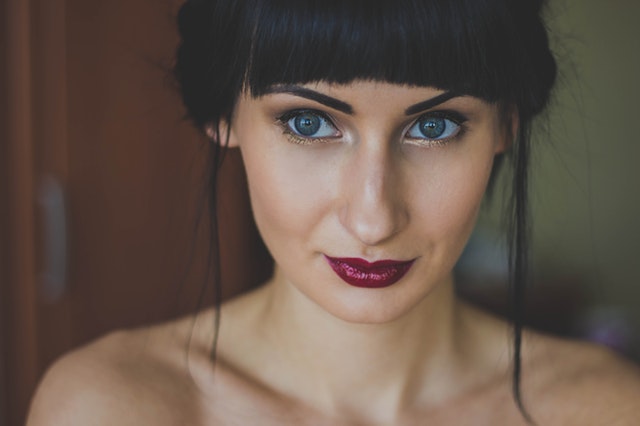Photographing people is quite different from any other subject. Unlike a scenic landscape or a still life, what makes a person unique is a mix of both appearance and personality — and the best portraits capture both. But how do you capture something you can’t see? Taking a great portrait means mixing the right focus with the expressions, pose and surroundings that match the subject. New to portraits? Here are four portrait tips for beginners.
The eyes have it.
In a portrait, the eyes play one of the largest roles, conveying both emotion and a spark of personality. The first step is to make sure that the eyes are in focus — using single point autofocus and placing the point over one of the eyes helps ensure that the eyes (and not the nose or another part of the face) are in focus. If the subject is turned at an angle, narrowing the aperture will also help keep both eyes in focus. But besides getting sharp eyes, creating catchlights, or lights that are reflected in the eyes, gives those eyes a sparkle. Catchlights are created from light in front of the subject, but be careful not to use a light source that will make the subject blink. A fill flash, a reflector or shaped ring lights are all excellent for creating catchlights.
Get the subject to feel comfortable.
Every great portrait doesn’t necessarily have a smile — but every great portrait does have a great expression. Whether stoic, laughing or a mischievous grin, the expression should represent the subject’s personality. For the photographer, that means both getting the subject to relax, and getting a genuine expression. Ditch the say cheese and chat, make jokes or ask the subject to think about something important to them.
Practicing posing.
Posing is an art in itself and takes some time to master. If you are serious about getting into the art of portraits, pick up a posing book or enroll in a class on posing to find all the nuances that will help take a photograph from good to great. But, as you get started, work with a few basics. Anything that’s closest to the camera looks the widest — so shooting from belly-level tends not to be the most flattering. Shooting at eye level or higher is often the most flattering. Also, that means pointing a limb towards the camera will play with the proportions, so avoid pointing feet and hands directly at the camera. Watch for awkward hand placement too.
Location, location, location.
When scouting out spots to shoot, look for both good light and a background that isn’t distraction. Shooting in full shade is an easy place for beginners to start, but once you’re comfortable here, learn to work with back and side lighting too. Check the background before you shoot for distractions like signs or telephone poles — and watch to make sure nothing in the background appears to be sprouting out of the subject, like a tree branch.
Capturing people means capturing a personality, but as rewarding as portraits can be, they also have their own set of challenges too. Before you start out, take a few portrait photography tips with you for the best results, even as a beginner.






